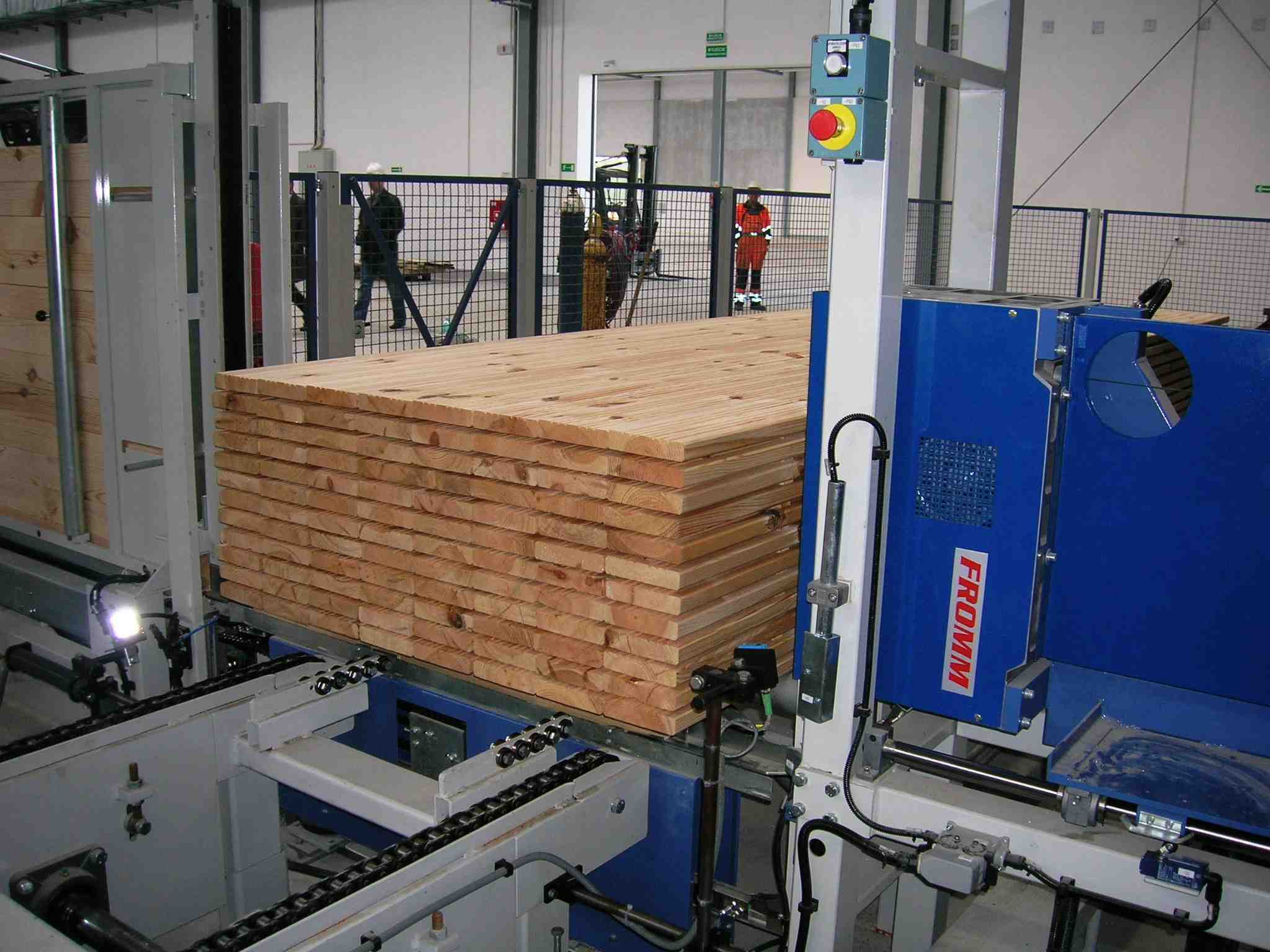Automated strapping machines are becoming more popular as plant managers discover their many benefits. You can increase productivity, reduce costs, and even minimize damages.
An automated strapping machine could also improve safety in your workplace. They help you reduce worker fatigue, which often leads to injuries. They also demand less physical input from operators, which can lower the risks of strain or back pain.
Automated strapping machines do come with their own risks, though, so you need to be sure you know how to use one safely. These five tips can help.
1. Provide Automated Strapping Machine Safety Training
Knowledge is power, and your team needs to know how to act safely. The right training is key to helping your team use any machine in a safe manner.
Talk to your strapping machine supplier about training. They should be able to provide safety manuals. The best suppliers also offer additional safety information, and they may even provide training workshops for your team.
2. Provide the Right Personal Safety Equipment
When your team strapped by hand, they likely work some protective gear as part of their warehouse dress code. Safety glasses protect their eyes in case a piece of strapping goes flying. Gloves protected their hands from cutters and sealers. Steel-toed boots give them added protection if they happened to drop something.
You may not think your team requires as much protective gear when they work with the automated strapping machine, but it’s still a good idea to provide personal protective equipment for your operators. You never know when a piece of plastic or steel strapping will sheer off at the wrong angle or when someone will need to move a heavy load.
3. Determine Safe Loads Correctly
One of the biggest challenges to safely using an automated strapping machine is determining if a load can be properly strapped on the machine. Some loads may exceed the machine’s dimensions, making it awkward or impossible to strap it safely. Some loads might be too heavy, which puts your operators at risk if they try to lift or lower the load, as well as stressing the machine.
Teach your operators to correctly determine load dimensions, including weight, before approaching how to apply strapping. While most strapping applications can be automated, there could be the odd job that your team will need to complete by hand.
Paying attention to dimensions reduces the risks that someone will get hurt trying to use the machine to strap a load the machine was never meant to handle.
4. Review Safety Mechanisms and How to Use Them
Most automated strapping machines come with safety mechanisms such as emergency stops. If someone’s glove gets caught in the machine, hitting the emergency stop will shut the machine down.
Review safety with your team, such as how to examine the machine safely. Operators should never put their hands in the machine while it’s running, even if they’re checking to make sure the machine is working properly.
Instead, review the procedure for shutting down and inspecting a machine that may be malfunctioning.
5. Maintain the Machine
One aspect of safety you might not have thought of is machine maintenance. Automated strapping machines that are well-maintained are actually safer to use.
Your operators should perform some basic maintenance every day. Before use, make sure the machine is clean. A dirty machine could get jammed or apply strapping incorrectly, requiring input from the operator and increasing the risk of injury.
Machines should also be checked for wear and tear on parts. Cutters can get dull, and sealers may get too hot. By performing regular maintenance, your team can spot any issues before they become hazards.
Finally, the straps packing the product coming off the machine should be inspected periodically. You want to make sure the straps are holding securely. The tension must be correct and the sealing efficiency inspected. Any deterioration could be an indication the machine needs to be adjusted before an accident occurs.
The right automated strapping machine can help you improve safety, especially when your team knows how to use it the right way.

